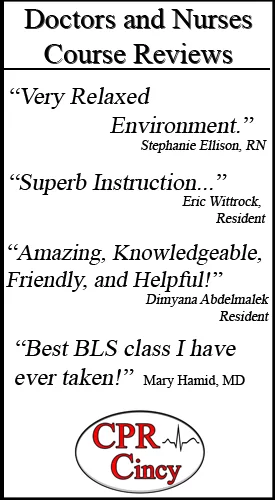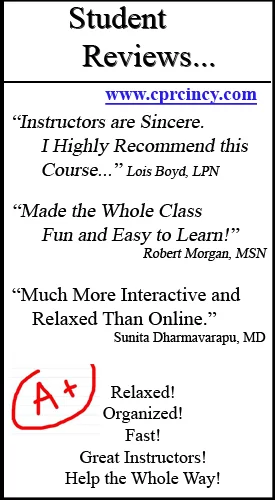CPR (Cardiopulmonary Resuscitation) is a life-saving technique that can make a significant difference in emergency situations. This comprehensive guide will walk you through the ABCs of CPR training, highlighting the essential skills and knowledge needed to respond effectively during critical moments. By the end of this article, you will understand the importance of CPR, its benefits, and how to pursue CPR training.
What is CPR?
CPR is a technique performed during cardiac arrest or other life-threatening situations to maintain blood flow and oxygenation to vital organs. It involves a combination of chest compressions and rescue breaths to keep the person alive until professional medical help arrives. CPR is a critical intervention that can significantly increase the chances of survival for someone experiencing cardiac arrest. Statistics demonstrate the effectiveness of CPR in saving lives. Immediate bystander CPR can double or even triple the survival rate of cardiac arrest victims. Every minute without CPR decreases the chances of survival by 7-10%, underscoring the importance of prompt action.
Benefits of CPR Training
CPR training empowers individuals with the knowledge and skills to take action in emergency situations. By learning CPR, you gain the confidence to step forward and potentially save a life when faced with cardiac arrest or other critical incidents.
By acquiring CPR skills, you become a potential lifesaver. You can provide immediate assistance to someone experiencing cardiac arrest before professional help arrives. Your actions during those critical moments can have a profound impact on the outcome. Life is unpredictable, and emergencies can happen anytime, anywhere. CPR training equips you with the ability to respond effectively in unexpected situations. Whether at home, work, or in public, you will have the skills to make a difference in the face of adversity.
The CABs of CPR Training
C stands for Chest Compressions
Chest compressions are the most important component of CPR. They help circulate blood and oxygen throughout the body, maintaining vital organ function. Proper technique and depth are essential to ensure effective chest compressions and maximize the chances of successful resuscitation. In fact, hand-only (or compression-only) CPR can be performed by anyone at any time and gives the victim a better chance of survival.
A stands for Airway
Maintaining a clear airway is crucial during CPR. When the airway is blocked, breathing becomes difficult or impossible. CPR training teaches techniques for opening and maintaining an airway, such as the head-tilt/chin-lift method or the jaw thrust technique for suspected neck injuries.
B stands for Breathing
Assisting with breathing is another vital aspect of CPR. Rescue breaths provide oxygen to the victim’s lungs when they are unable to breathe on their own. CPR training covers techniques for providing effective rescue breaths, including the mouth-to-mouth method or the use of barrier devices.
CPR Training
CPR training is essential for developing proficiency in performing the techniques correctly. Practical training allows you to practice chest compressions, rescue breaths, and other critical skills under the guidance of experienced instructors. This interactive learning experience enhances your confidence and prepares you for real-life situations.
There are several options for finding CPR training courses. Look for a training center aligned with the American Heart Association such as CPR Cincinnati to ensure you receive the most up-to-date training and guidance.
The duration and cost of CPR training programs can vary depending on the provider and the level of certification sought. Basic CPR training typically takes a few hours, while more comprehensive courses, such as ACLS (Advanced Cardiac Life Support) certification, may span a full day. Costs can range from affordable to moderate, with some providers offering discounted rates for groups or special promotions.
Certification
After completing CPR training, you will obtain a certification card. Certification validates your competence in performing CPR and indicates that you have met the required standards. CPR certifications are valid for two years. To maintain your certification, you will need to renew it before it expires. Renewal often involves completing a shorter refresher course to update your knowledge and skills.
Regularly participating in refresher courses is crucial to stay up-to-date with the latest CPR guidelines and techniques. Refresher courses reinforce your knowledge, address any changes in protocols, and ensure that you maintain the necessary skills to perform CPR effectively.
CPR training is a valuable investment in your own capabilities and the well-being of others. It equips you with life-saving skills, boosts your confidence, and prepares you to respond in emergencies. Don’t wait for a crisis to strike; take action today and enroll in a CPR training course. By completing CPR training, you join a community of individuals dedicated to making a difference in the face of adversity. Your ability to provide CPR can save lives and contribute to building safer communities—every second counts in a cardiac arrest situation. Be the person who is ready to act, who can provide that crucial assistance until professional help arrives. Take the CABs of CPR to heart and be prepared to be someone’s lifeline in their time of need.
Ready to become a lifesaver? Enroll in our CPR class Cincinnati today and gain the essential skills needed to save lives. Join our accredited BLS class Cincinnati to master the techniques and knowledge required in emergencies. Sign up now and become a CPR-certified hero with CPR Cincinnati, the leading training CPR company in the area.






